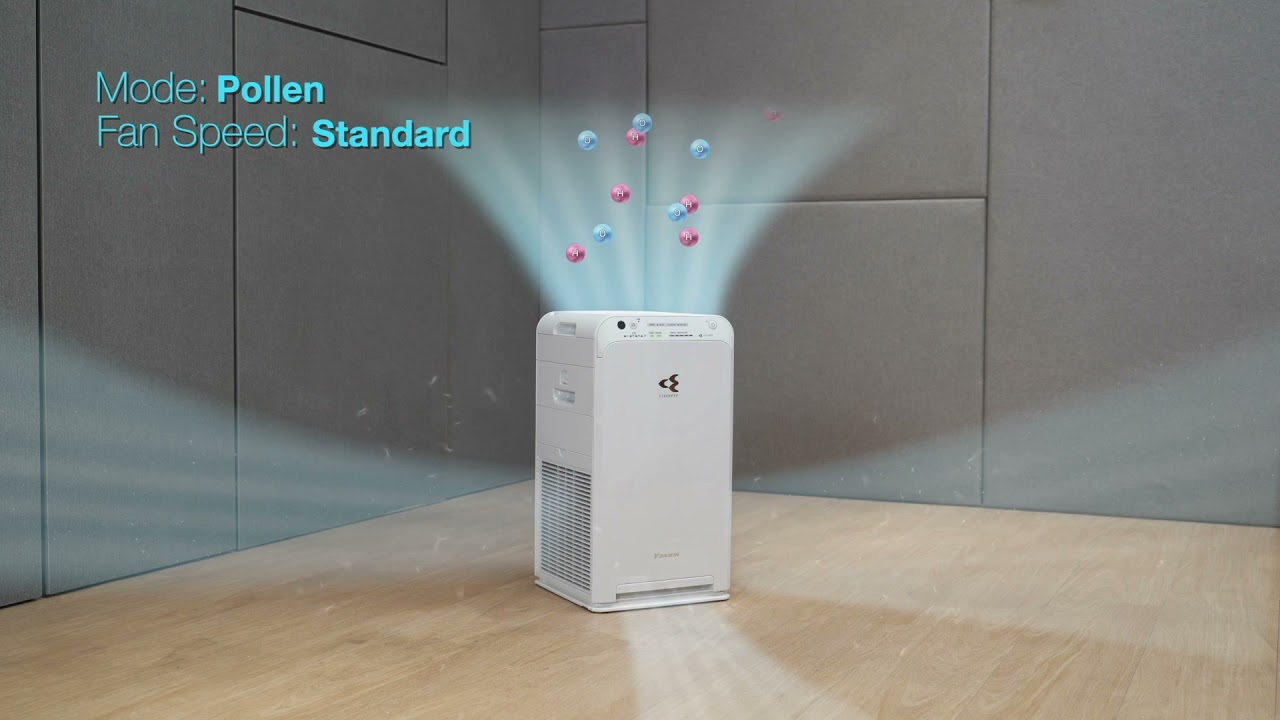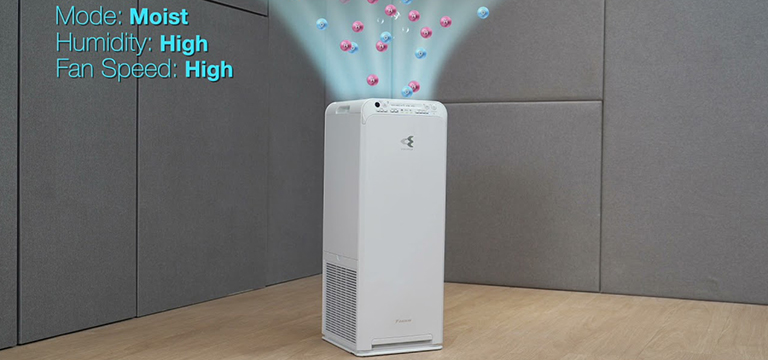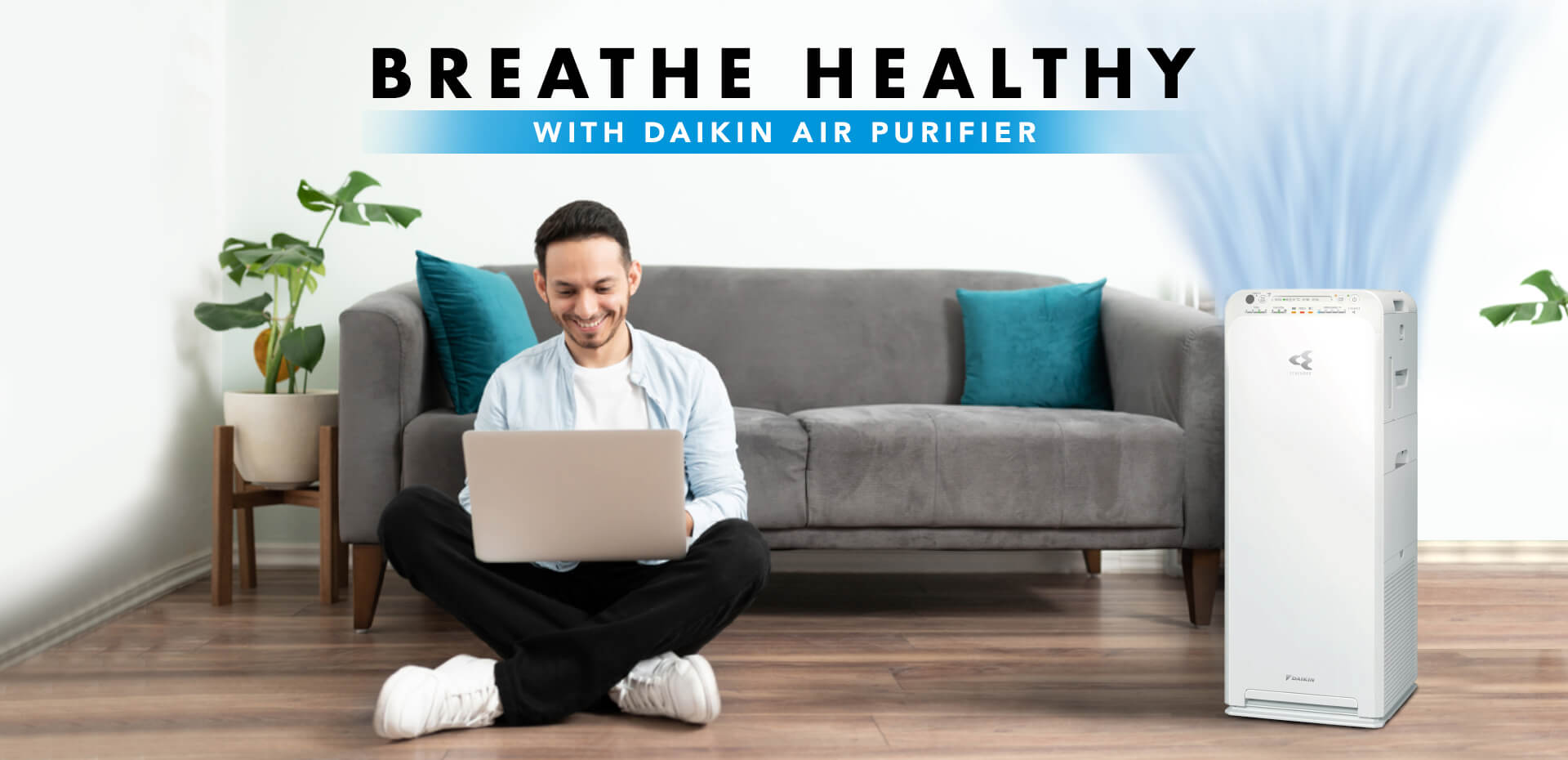Why HEPA filter air purifier is the best air purifier for pollution best hepa air purifier
December 18, 2025 | 05:49 AM

Did you know that the house you’re living in is 10x more polluted than the outside air? It seems buying an air purifier is now a necessity, and soon every household will probably need to have to get at least one, just like most of us have water purifiers in our kitchens. There are a lot of different factors to consider when buying an air purifier, from the cost, to the design, but the most important is how effective the purifier will be for you. To be a better judge of that, here are a few things that you must take note of before buying the best HEPA air purifiers.
What does HEPA mean and where did it come from?
HEPA, which stands for High Efficiency Particulate Air, is a designation used to describe filters that are able to trap 99.97 percent of particles that are 0.3 microns.
Technologies that complement HEPA style filtration
The best technology to pair with HEPA style filtration in air purifiers really depends on your lifestyle choices and concern. There are many different technologies that are used in air purifiers with HEPA style filtration, such as activated carbon, pre-filters, ultraviolet light, and ionizers.
Pre-Filters
Pros:
- Captures large particles
- May be washable
- Extends life of HEPA filter
Cons:
- Requires maintenance
Activated Carbon
Pros:
- Absorbs odors, gases, and chemicals
- Leaves space smelling fresh
- Removes tobacco smoke and pet odors
Cons:
- Heavy
- Expensive
Ultraviolet Light
Pros:
- Neutralizes microorganisms, like bacteria and viruses
What are HEPA filters made from and how do they work?
Most modern HEPA filters consist of interlaced glass fibres that are twisted and turned in myriad directions to create a fibrous maze. As particles traverse this web, they’re taken out of circulation in the following ways:
- Direct Impaction: Large particles, such as certain types of dust, mold, and pollen, travel in a straight path, collide with a fibre, and stick to it.
- Sieving: The air stream carries a particle between two fibres.
- Interception: Due to inertia, particles continue on their path and stick to the sides of fibres.
- Diffusion: Small, ultrafine particles move more erratically than larger ones, so they’re more likely to hit and stick to fibres.









